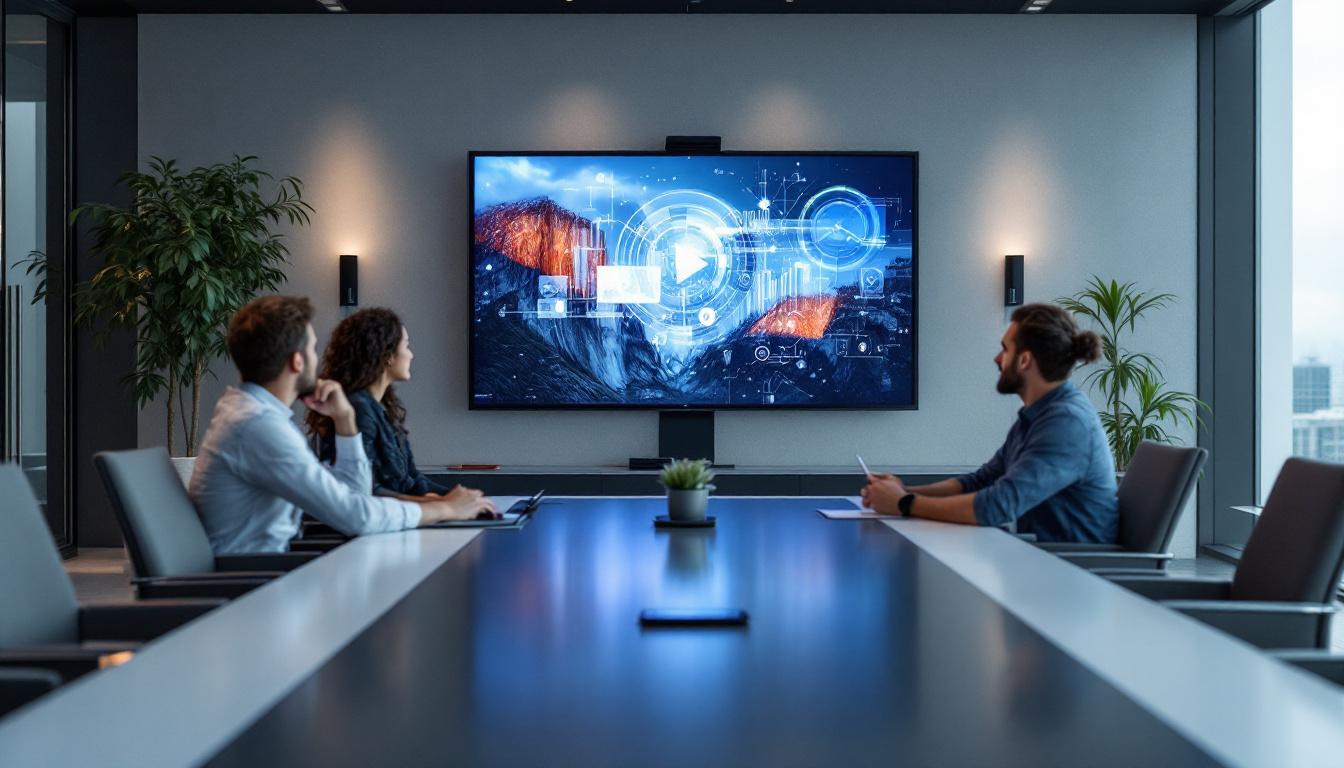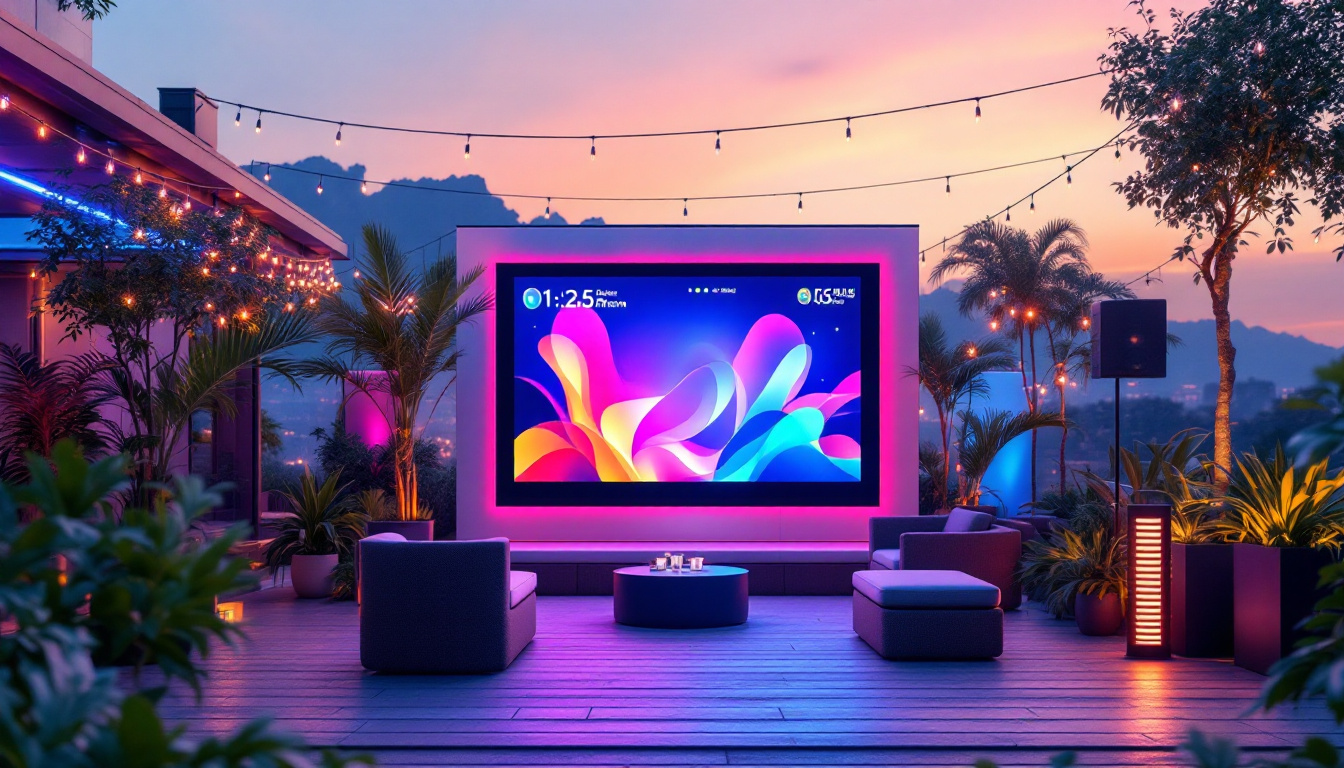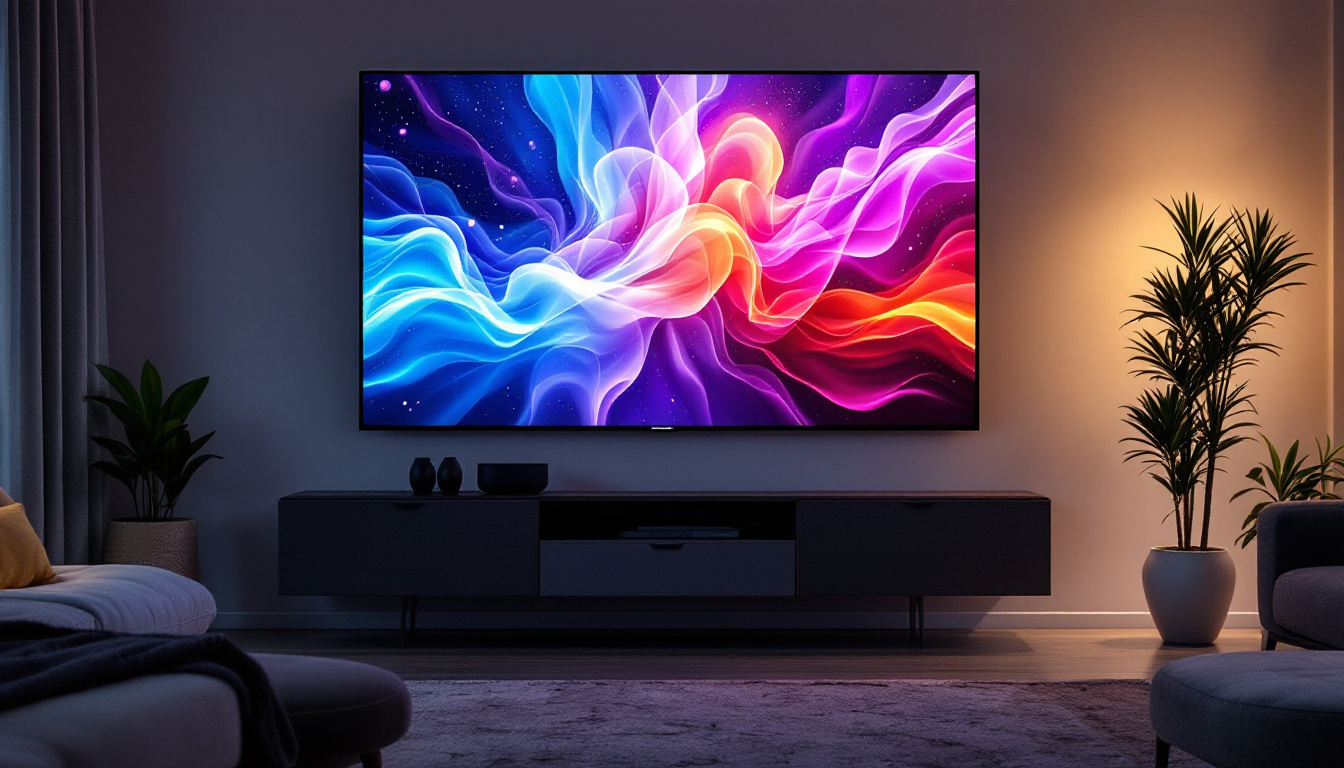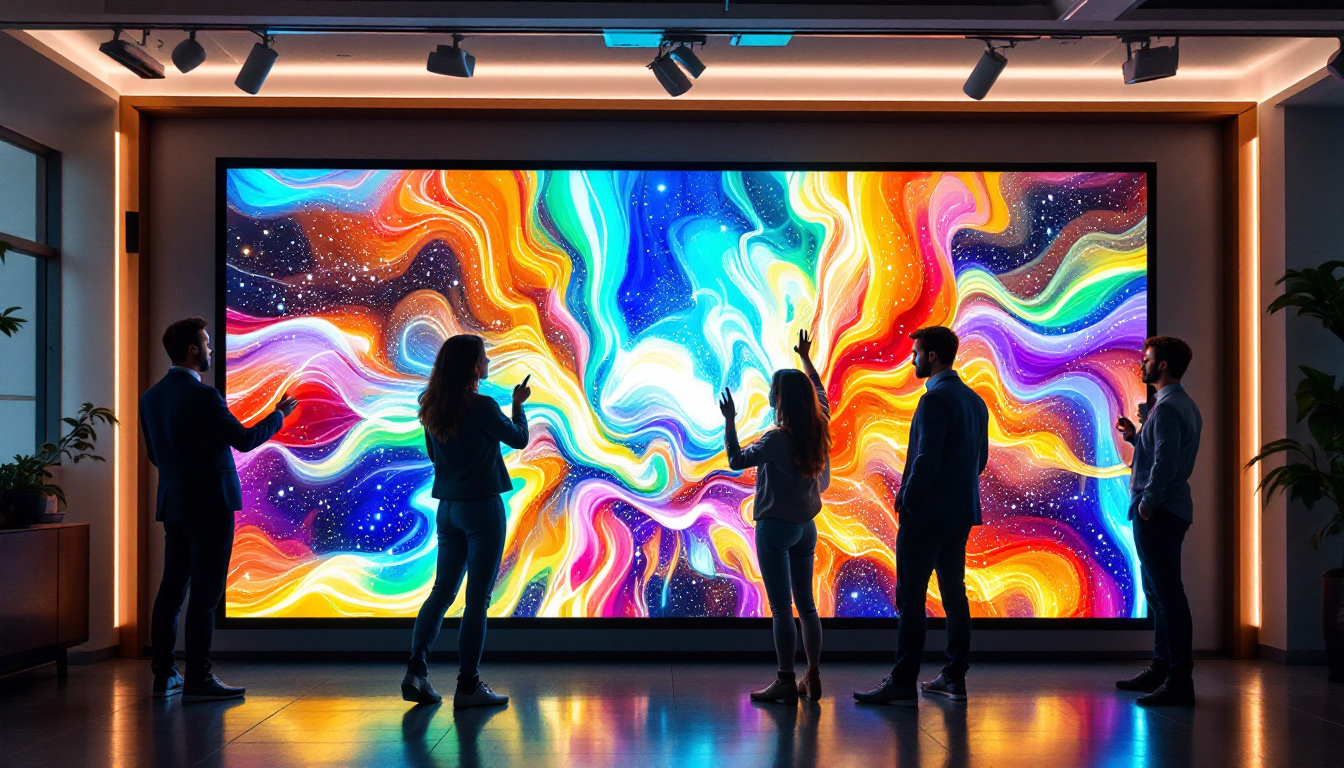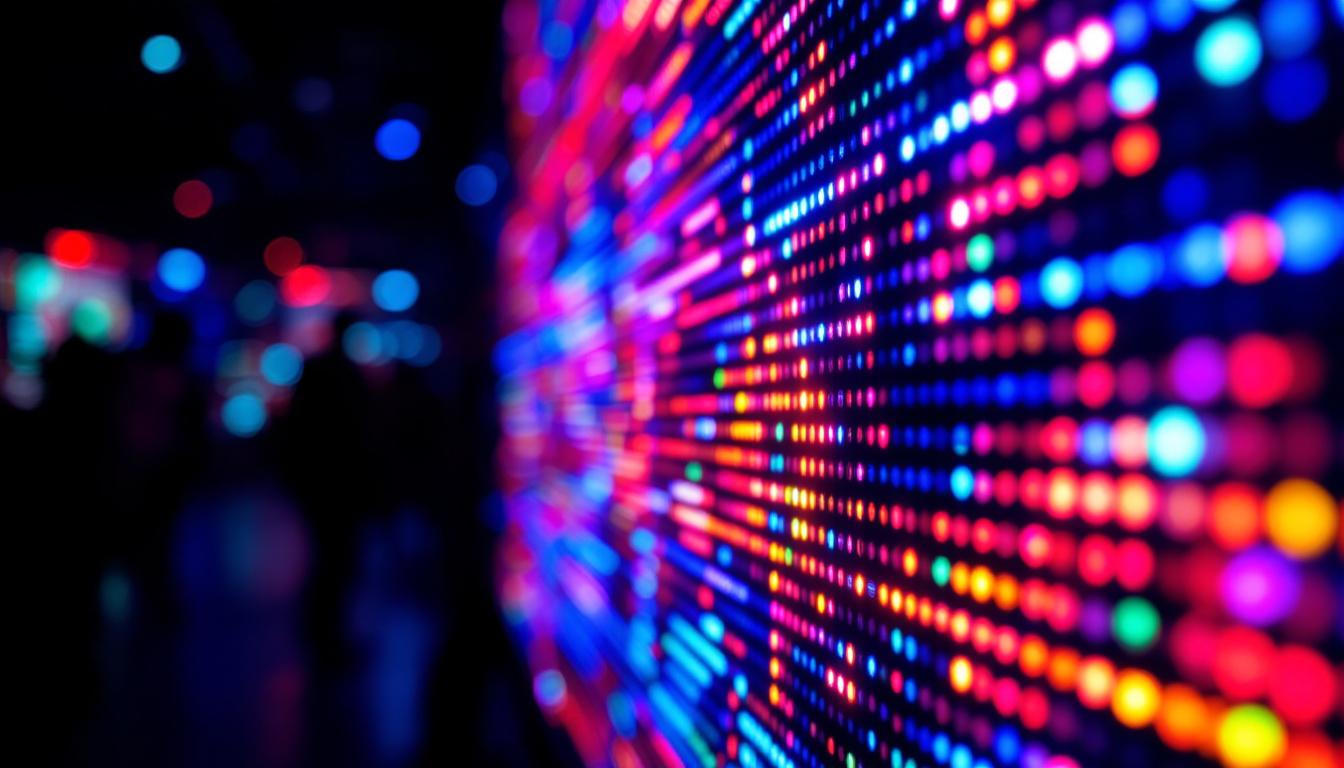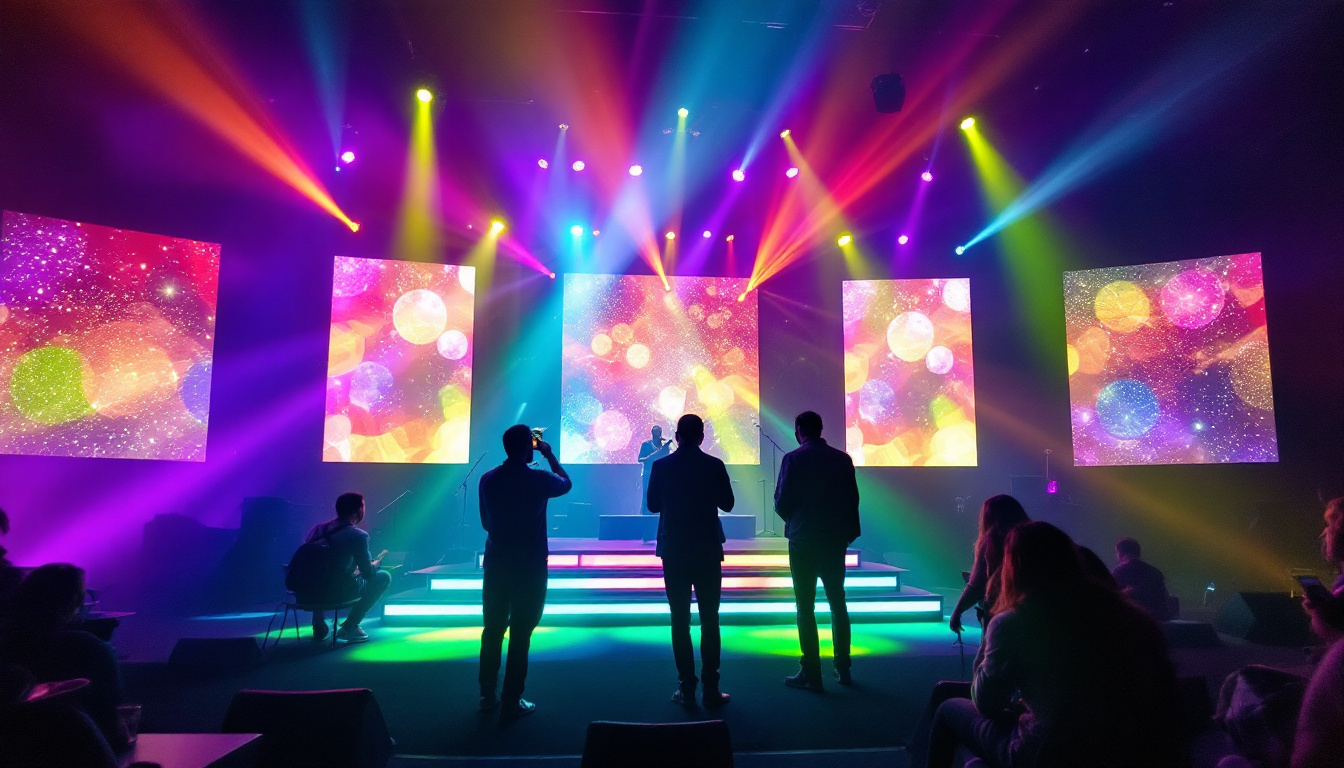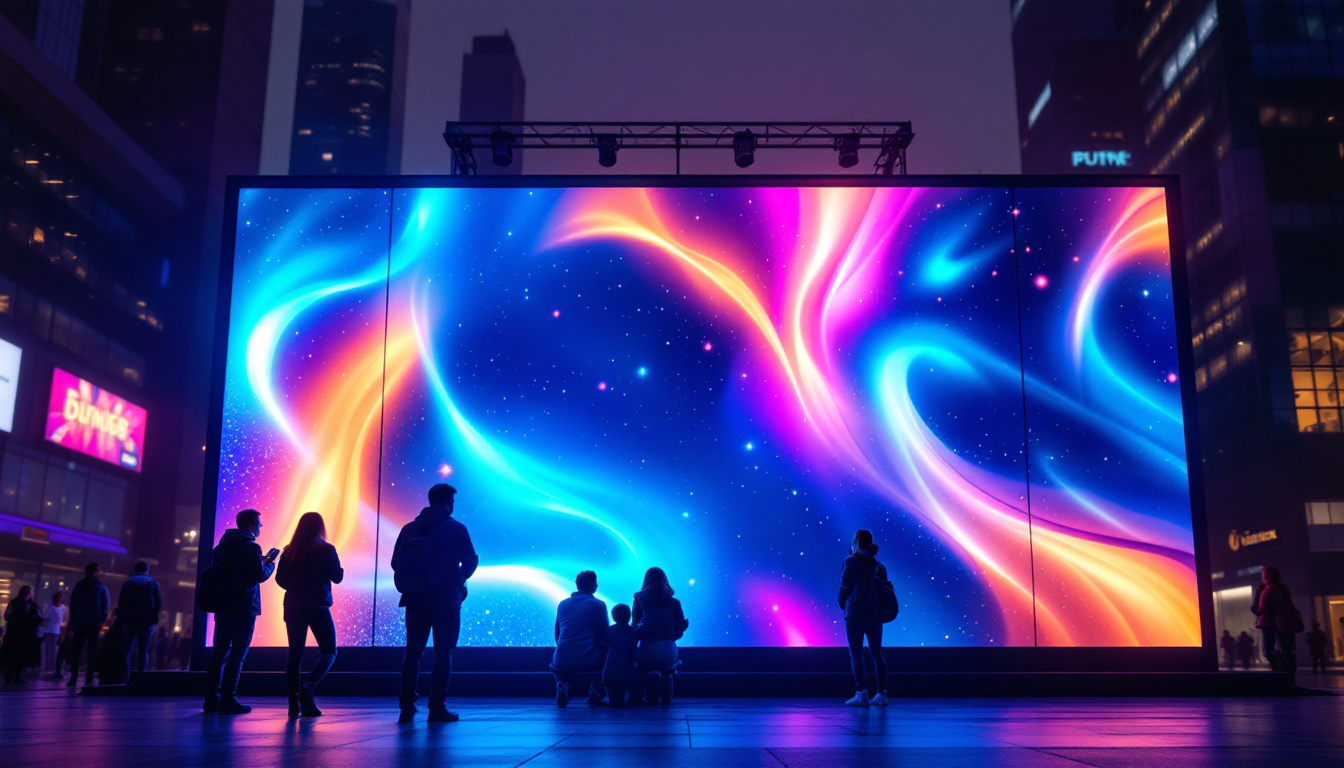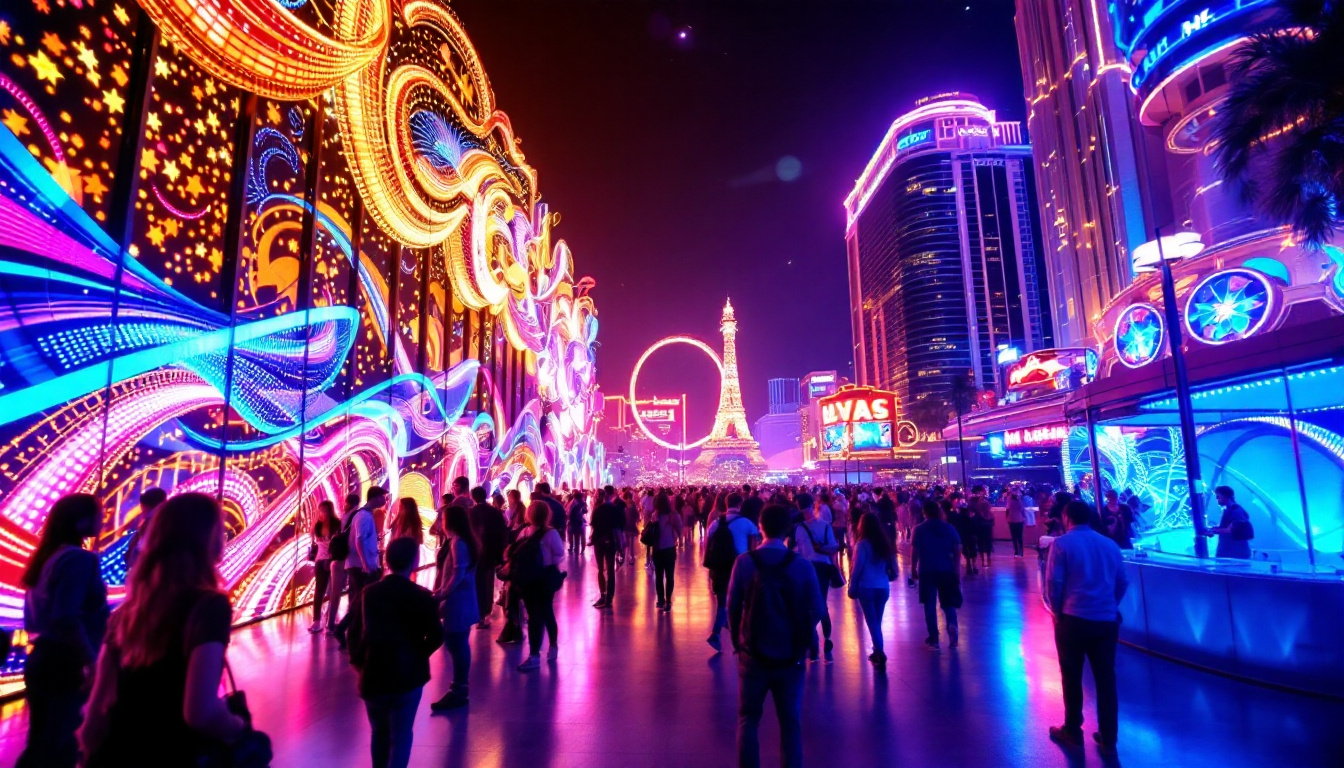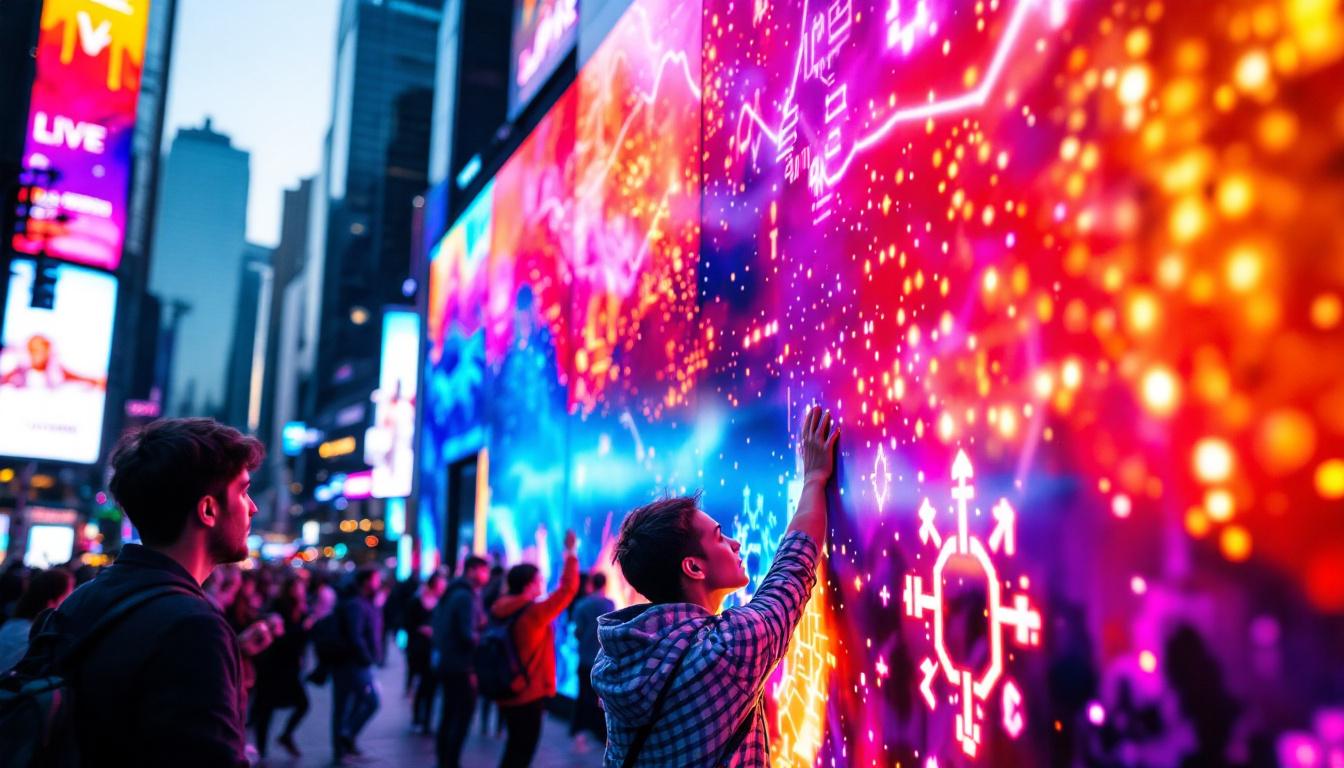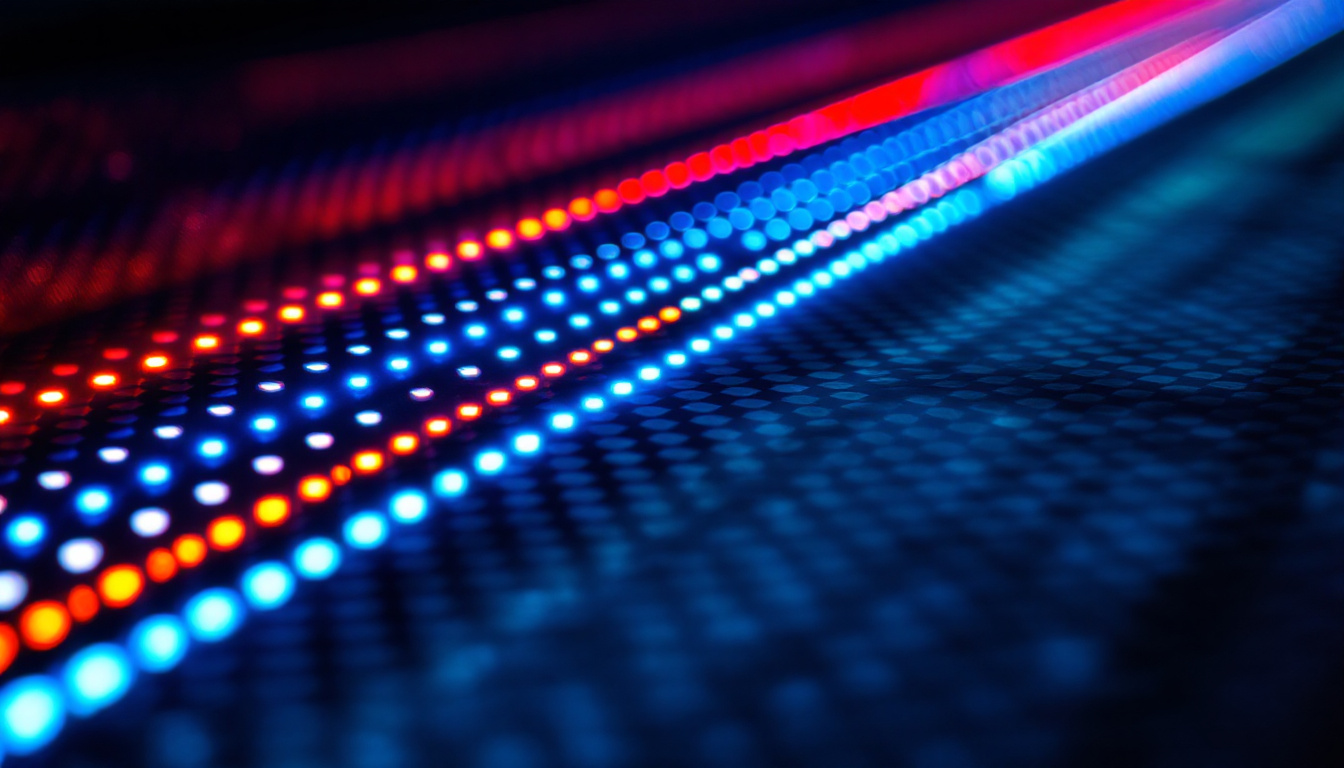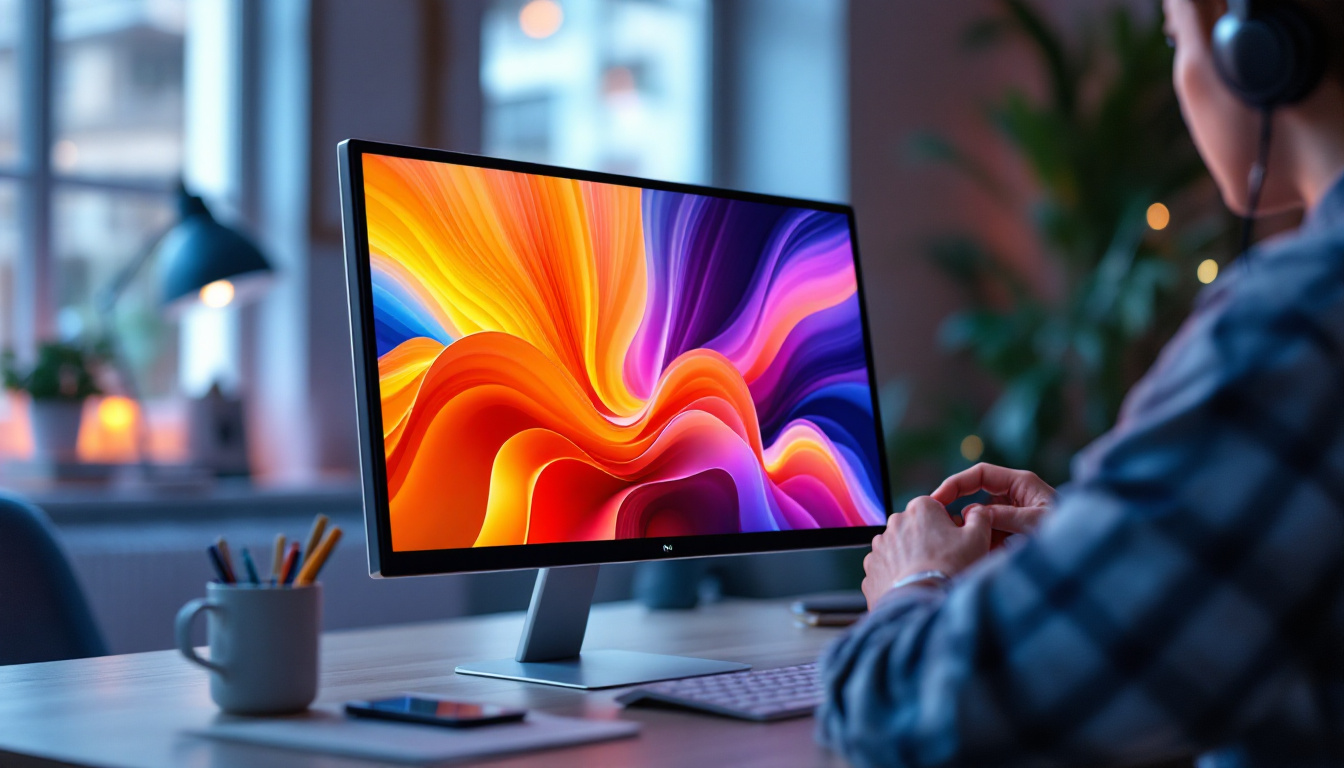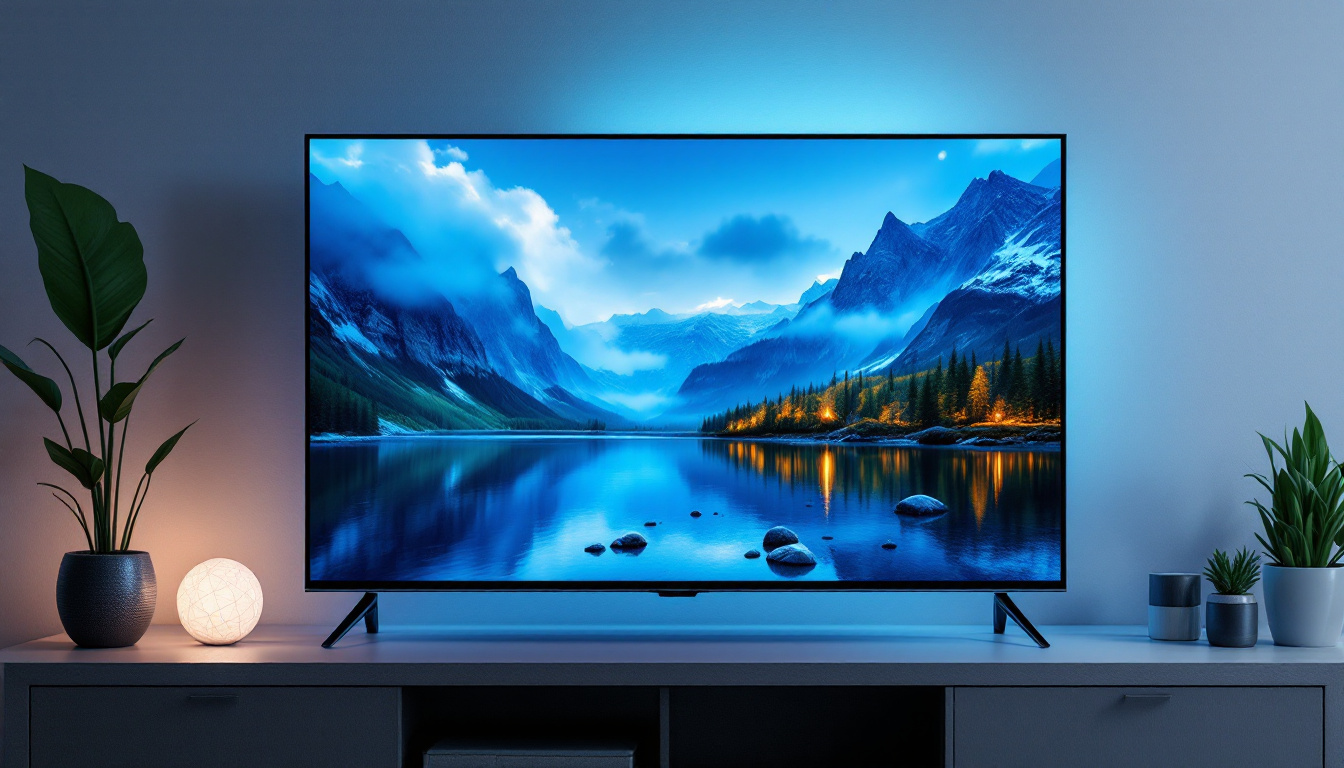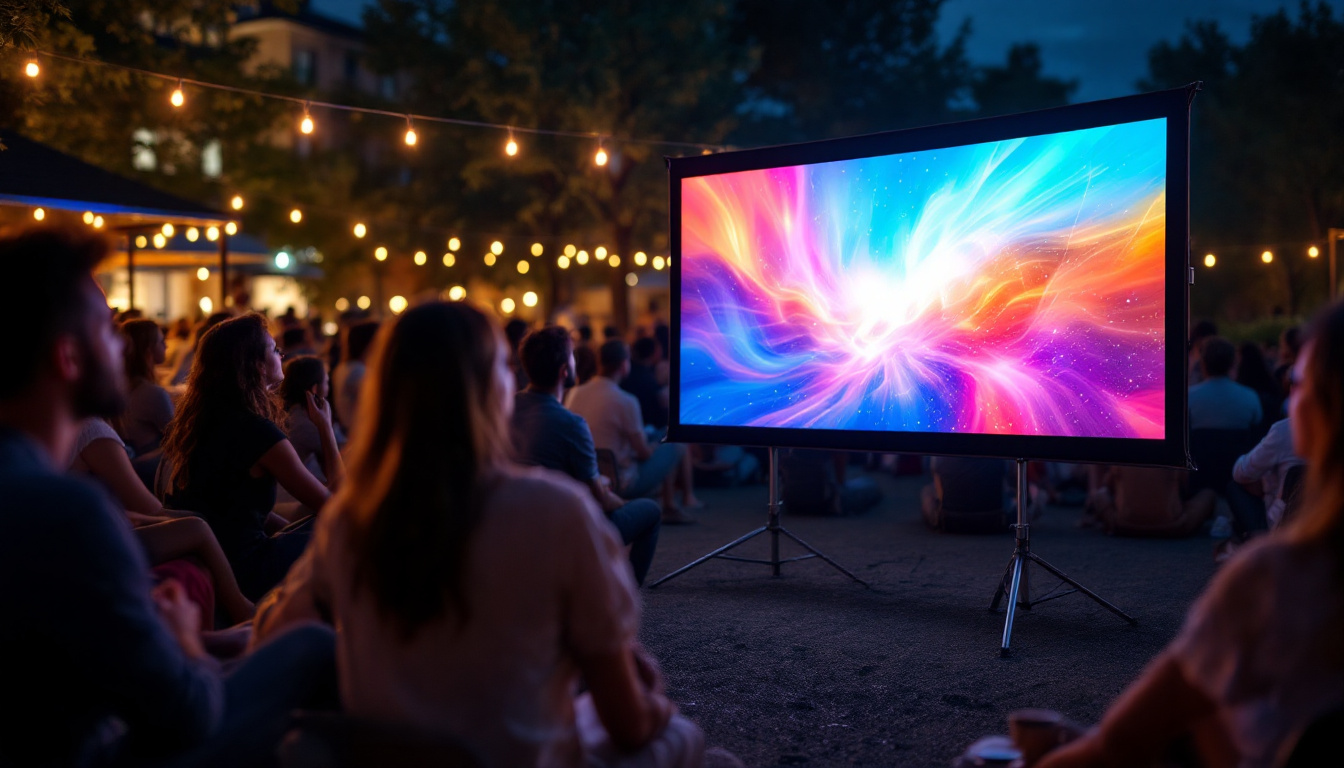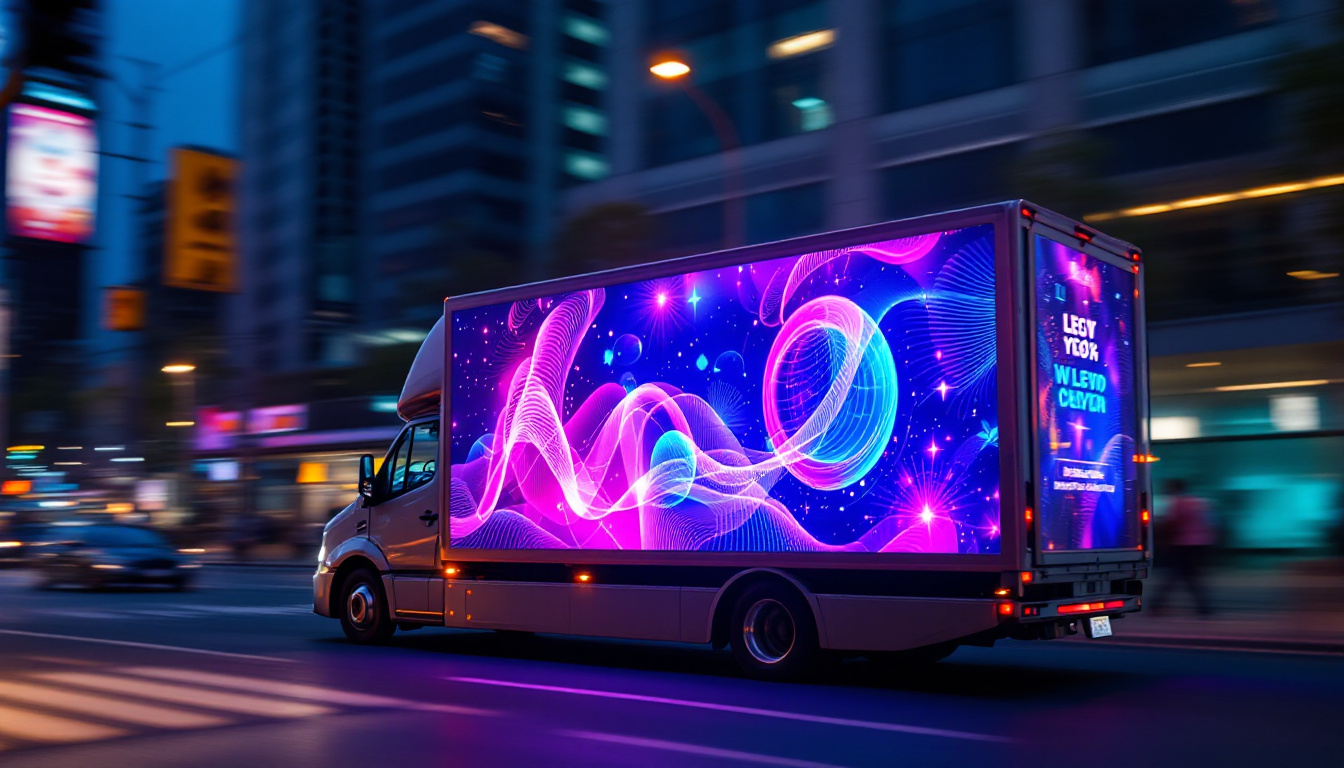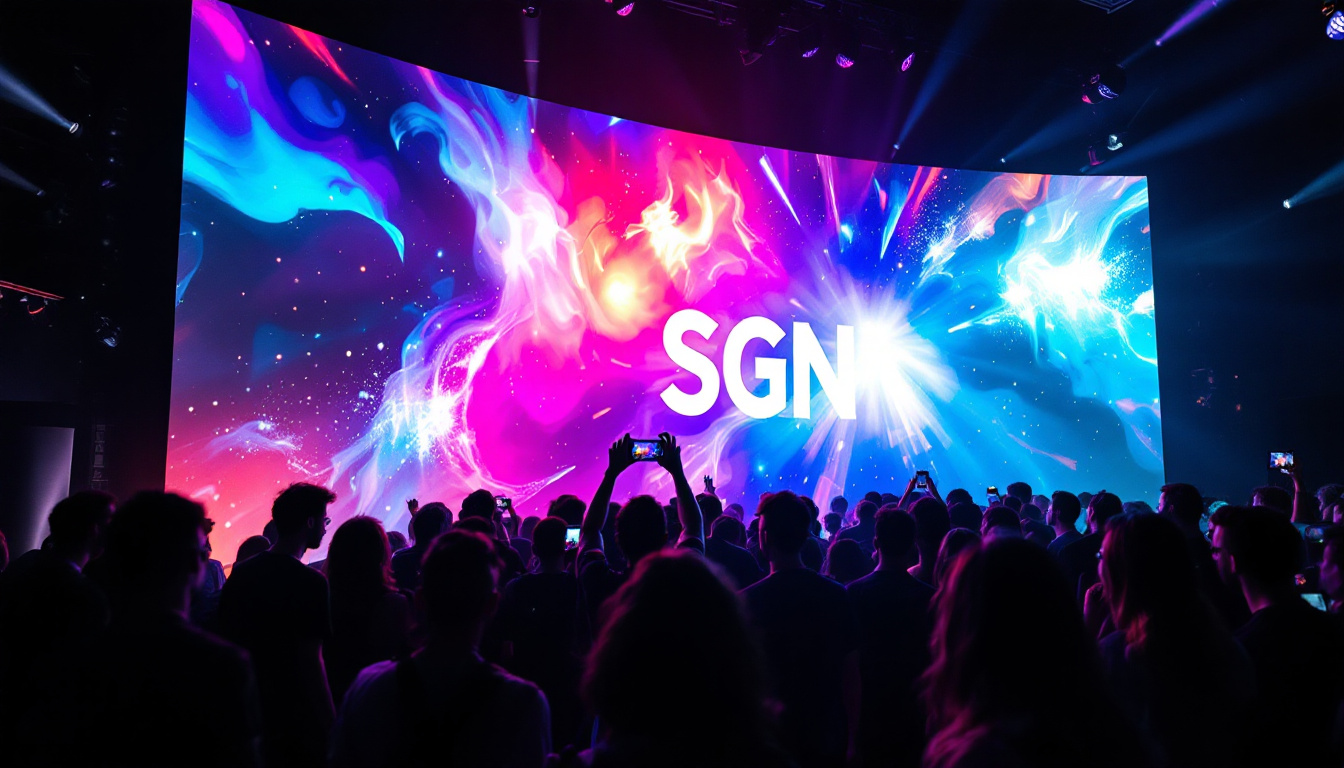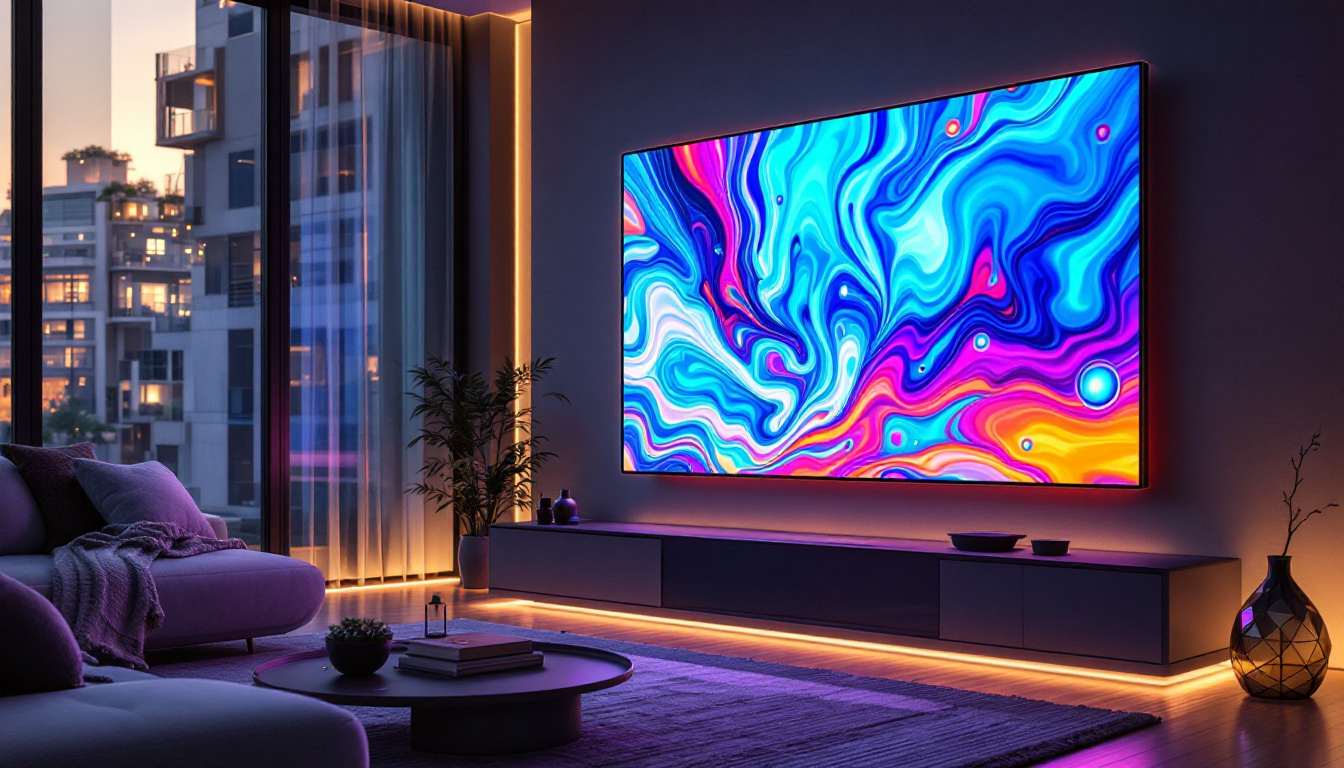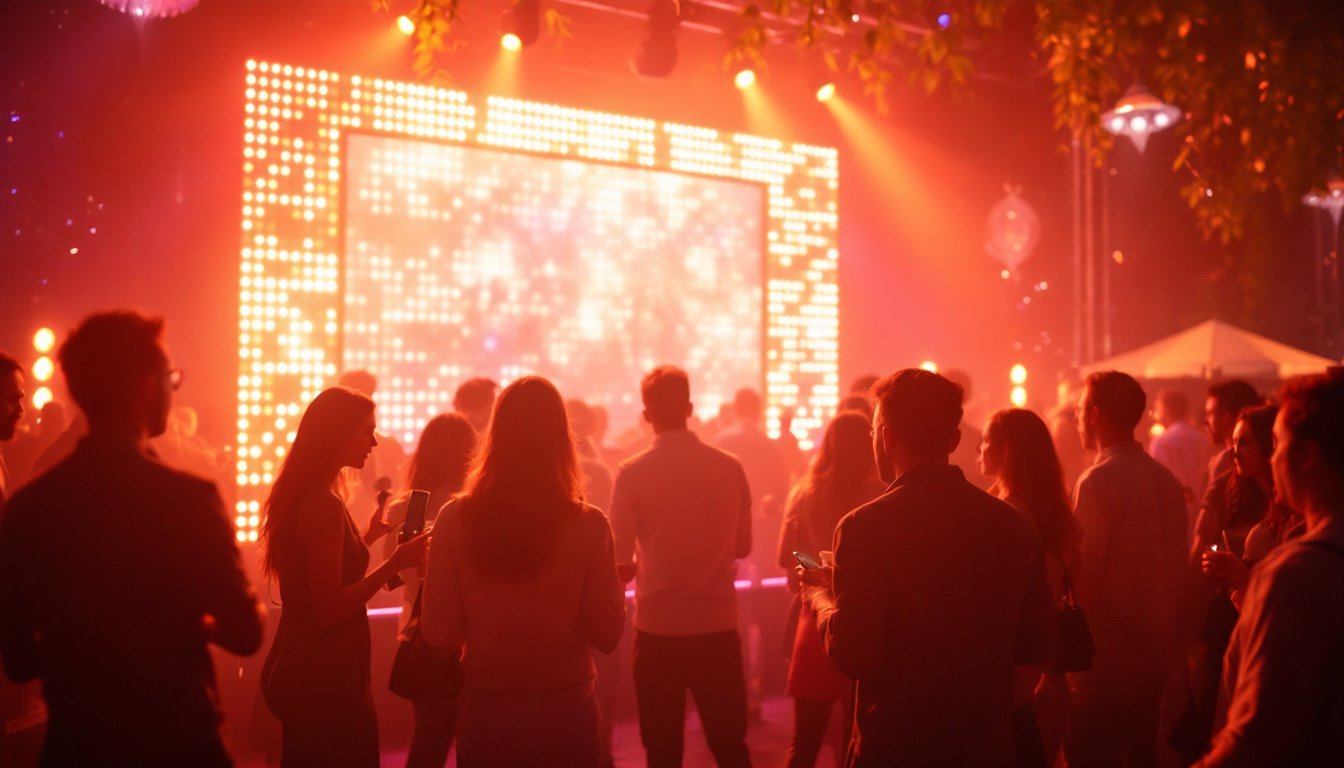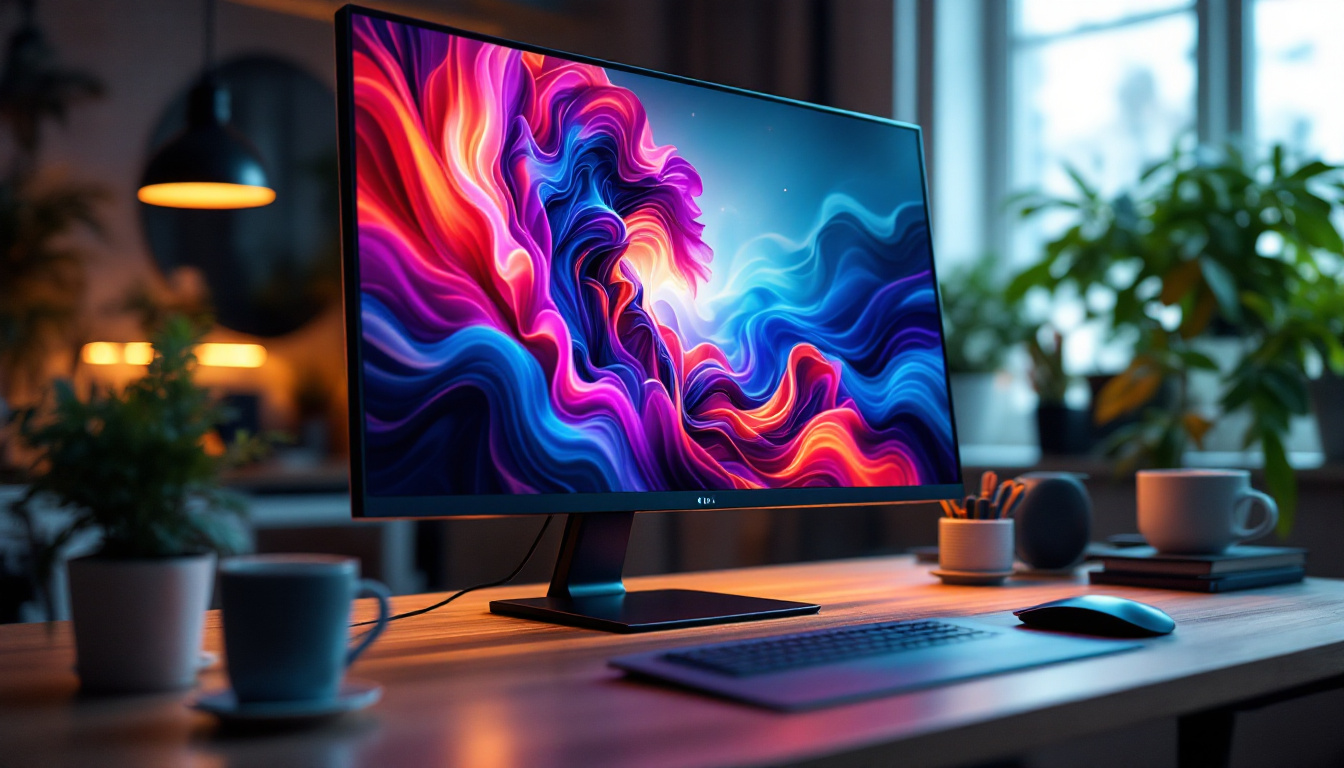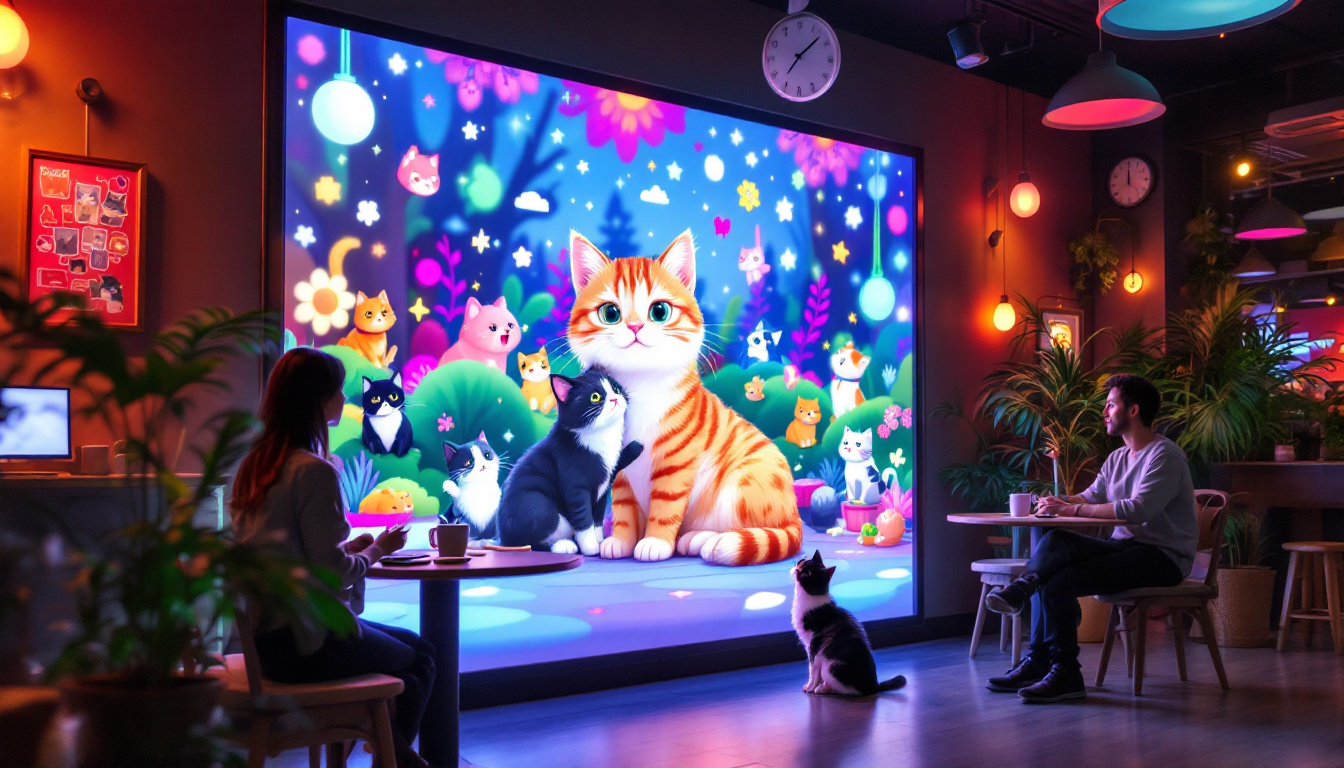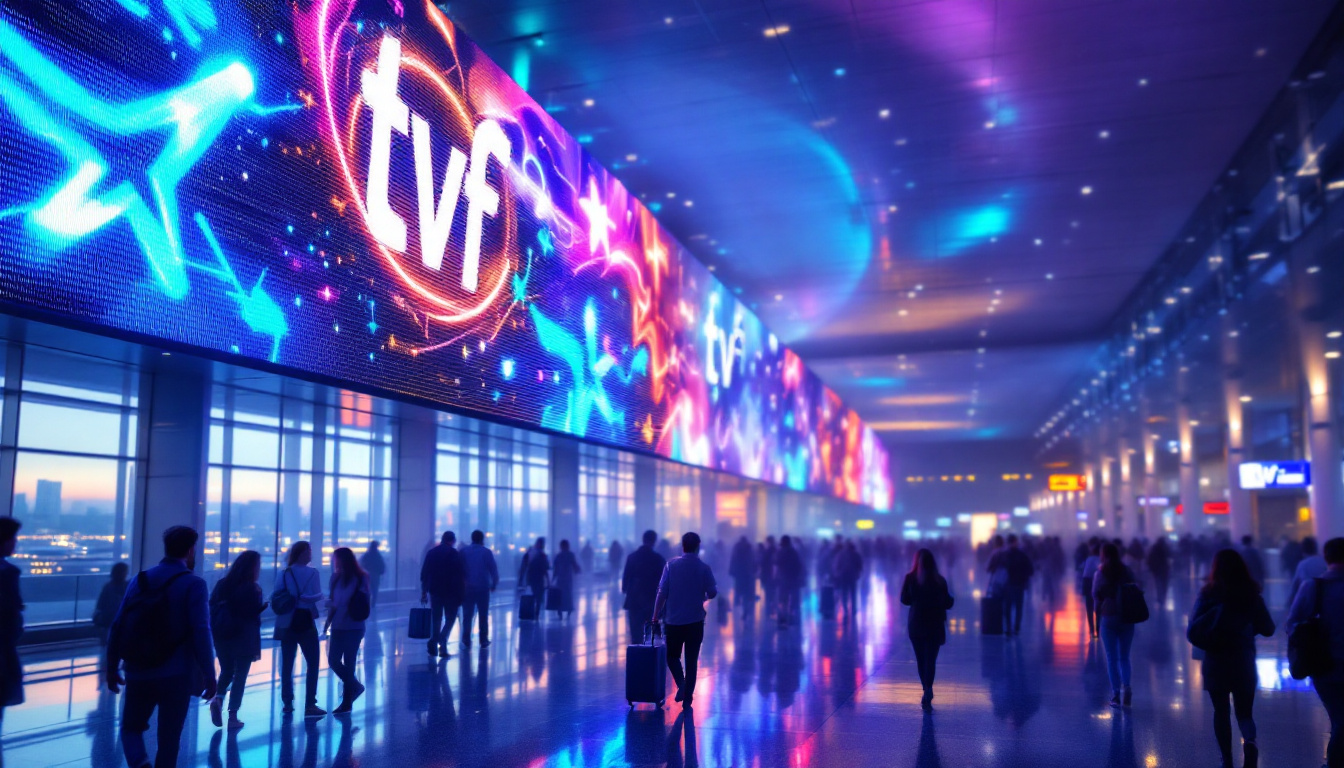In today’s fast-paced business environment, effective communication and collaboration are paramount. Conference rooms serve as the nerve centers for decision-making, brainstorming, and presentations. Choosing the right display technology for these spaces can significantly impact the quality of meetings and overall productivity. Among the various options available, LED displays have emerged as a leading solution for conference rooms due to their superior brightness, clarity, and versatility.
This article delves into the world of LED displays for conference rooms, explaining their technology, benefits, and considerations to help businesses make informed decisions.
What Is an LED Display?
LED, or Light Emitting Diode, displays utilize tiny semiconductor devices that emit light when an electric current passes through them. Unlike traditional LCD or projection screens, LED displays produce their own light, which results in brighter images and better contrast ratios. This self-illuminating property allows for deeper blacks and more vibrant colors, making LED displays particularly appealing for a variety of applications, from home theaters to commercial advertising.
LED displays come in two primary forms: direct-view LED panels and LED-backlit LCD screens. Direct-view LED displays are composed of millions of individual LEDs arranged in a matrix, creating vivid images visible even in well-lit environments. This technology is commonly used in large video walls and digital signage. The modular nature of direct-view LED panels also allows for flexible installations, enabling designers to create unique shapes and sizes that can fit any space or creative vision.
In contrast, LED-backlit LCD screens use LEDs as a backlight source behind an LCD panel. While this improves brightness and color accuracy compared to older CCFL backlit LCDs, direct-view LED displays offer superior image quality, especially for larger formats. The advancements in LED technology have led to the development of OLED (Organic Light Emitting Diode) displays, which take this concept further by using organic compounds to emit light, allowing for even thinner screens and more dynamic color ranges.
How LED Displays Differ From Other Technologies
Traditional conference room displays often rely on LCD or projection technology. LCD screens depend on a backlight and liquid crystals to form images, while projectors cast images onto a screen using light bulbs or lasers. Both have limitations in brightness, viewing angles, and durability. For instance, projectors can struggle in brightly lit rooms, and their image quality can degrade over time as bulbs dim or degrade.
LED displays, especially direct-view models, overcome many of these challenges. They provide higher brightness levels—often exceeding 1,000 nits—making them easily visible in rooms with ambient light. Their wide viewing angles ensure that all participants, regardless of seating position, experience consistent image quality. Additionally, LED displays tend to have longer lifespans and lower maintenance requirements compared to projectors, which need periodic lamp replacements. Furthermore, the energy efficiency of LED technology means that they consume less power, making them a more sustainable choice for businesses looking to reduce their environmental footprint.
Moreover, the versatility of LED displays extends beyond simple video playback. They can be integrated with advanced technologies such as touch interactivity, allowing users to engage directly with the content displayed. This feature is particularly useful in educational settings, where interactive learning can enhance student engagement. Additionally, LED displays can be used to create immersive environments through video mapping, where images are projected onto irregular surfaces, transforming spaces into dynamic visual experiences. The potential applications are virtually limitless, from retail environments that captivate shoppers to art installations that challenge traditional perceptions of space and light.
Advantages of LED Displays in Conference Rooms
Choosing an LED display for a conference room offers numerous benefits that enhance communication and collaboration.
Exceptional Brightness and Clarity
One of the most significant advantages of LED displays is their ability to deliver bright, clear images even in well-lit rooms. Conference rooms often have windows or overhead lighting that can wash out images on traditional projectors or LCD screens. LED displays maintain vivid colors and sharp details, ensuring presentations are legible and engaging.
Scalability and Customization
LED displays are highly scalable, making them suitable for conference rooms of varying sizes. From compact 55-inch panels to expansive video walls spanning several meters, LED technology can be tailored to fit specific spatial and functional requirements.
Modular LED panels can be combined seamlessly to create large, custom-sized displays. This flexibility allows organizations to design conference room setups that maximize visibility and impact without being constrained by standard screen sizes.
Durability and Longevity
LED displays are known for their robust construction and long operational lifespans. Many commercial-grade LED panels are rated to operate continuously for 50,000 to 100,000 hours, significantly outlasting traditional projector bulbs or LCD backlights.
This durability translates to lower total cost of ownership, as businesses spend less on replacements and maintenance. Additionally, LED displays generate less heat and consume less power, contributing to energy efficiency and a more comfortable room environment.
Improved Viewing Angles and Uniformity
In a conference room, it is crucial that all attendees have a clear view of the display. LED technology offers wide viewing angles, often up to 160 degrees or more, ensuring consistent brightness and color fidelity from different seating positions.
This contrasts with some LCD screens, which may exhibit color shifting or reduced brightness when viewed off-center. Uniformity across the display surface also enhances the overall viewing experience, making content easier to read and interpret.
Key Features to Consider When Selecting an LED Display
While LED displays offer many advantages, selecting the right model requires careful consideration of several factors to ensure optimal performance in a conference room setting.
Resolution and Pixel Pitch
Resolution determines the sharpness and detail of the displayed image. For conference rooms, Full HD (1920×1080) or 4K (3840×2160) resolutions are common, depending on the display size and viewing distance.
Pixel pitch, the distance between individual LED pixels, affects image clarity. Smaller pixel pitches (e.g., 1.2mm to 2.5mm) provide higher resolution and are ideal for close viewing distances typical in conference rooms. Larger pixel pitches are better suited for large venues where viewers are farther away.
Display Size and Room Dimensions
The size of the LED display should correspond to the room’s dimensions and seating arrangement. A general rule of thumb is that the display height should be about one-sixth to one-eighth of the viewing distance. For example, in a room where the farthest viewer sits 12 feet away, a display height of 18 to 24 inches is appropriate.
Understanding the room layout helps avoid purchasing a display that is too small to be seen clearly or so large that it overwhelms the space.
Connectivity and Integration
Modern conference rooms often require seamless integration with various devices such as laptops, video conferencing systems, and wireless presentation tools. LED displays should support multiple input options including HDMI, DisplayPort, USB-C, and wireless casting protocols.
Some LED displays come with built-in smart features and operating systems that facilitate content sharing and collaboration without additional hardware.
Installation and Maintenance
Consider the installation requirements of the LED display. Wall-mounted displays save floor space but require sturdy mounting structures and professional installation. Modular LED video walls may need specialized assembly and calibration.
Maintenance accessibility is also important. Choose displays with front or rear serviceability options to simplify repairs and reduce downtime.
Applications of LED Displays in Conference Rooms
LED displays are versatile tools that enhance various conference room activities beyond traditional presentations.
Video Conferencing and Collaboration
With the rise of remote work, video conferencing has become a staple in business communication. Large LED displays improve the experience by offering crystal-clear video feeds and shared content visibility, fostering more natural and productive interactions.
High brightness and wide viewing angles ensure all participants can see remote colleagues and shared documents clearly, reducing misunderstandings and enhancing engagement.
Interactive Presentations
Some LED displays incorporate touch capabilities or can be paired with interactive whiteboards. This interactivity allows presenters to annotate slides, manipulate data visualizations, or brainstorm ideas directly on the screen, making meetings more dynamic and collaborative.
Digital Signage and Information Sharing
When not in use for meetings, LED displays can serve as digital signage platforms, displaying company news, schedules, or important announcements. This dual functionality maximizes the value of the investment and keeps employees informed.
Challenges and Considerations
While LED displays offer many benefits, it is important to be aware of potential challenges to ensure successful implementation.
Initial Investment Cost
LED displays, particularly large direct-view models, tend to have higher upfront costs compared to LCD screens or projectors. However, their longevity, energy efficiency, and superior performance often justify the investment over time.
Ambient Light Management
Although LED displays perform well in bright environments, extreme direct sunlight can cause glare or reduce visibility. Proper room design, including window treatments and lighting controls, can mitigate these issues.
Technical Expertise
Installing and maintaining LED video walls may require specialized technical expertise. Partnering with experienced vendors and service providers ensures proper setup and ongoing support.
Future Trends in LED Displays for Conference Rooms
As technology evolves, LED displays continue to advance, offering new possibilities for conference room environments.
MicroLED and MiniLED Technologies
Emerging MicroLED and MiniLED technologies promise even higher brightness, better color accuracy, and thinner form factors. These advancements could lead to more immersive and energy-efficient conference room displays.
Integration with Artificial Intelligence
AI-powered features such as automatic content optimization, facial recognition for attendance, and voice-controlled interfaces are beginning to appear in advanced LED display systems, enhancing usability and meeting efficiency.
Enhanced Interactivity and Collaboration Tools
Future LED displays are expected to incorporate more sophisticated interactive capabilities, supporting multi-touch, gesture control, and seamless integration with cloud-based collaboration platforms.
Conclusion
LED displays represent a powerful solution for modern conference rooms, combining brightness, clarity, scalability, and durability to support effective communication and collaboration. While the initial investment may be higher than traditional display technologies, the long-term benefits in productivity and user experience make LED displays a compelling choice for businesses aiming to create dynamic and engaging meeting environments.
By carefully considering factors such as resolution, size, connectivity, and room conditions, organizations can select the ideal LED display that meets their specific needs. As LED technology continues to evolve, conference rooms will become even more interactive and efficient, driving better business outcomes.
Explore Cutting-Edge LED Display Solutions with LumenMatrix
Ready to elevate your conference room with the latest in LED display technology? LumenMatrix is at the forefront of innovation, offering a comprehensive range of LED display solutions tailored to your business needs. From Indoor and Outdoor LED Wall Displays to specialized options like Vehicle, Sports, and Floor LED Displays, our products are designed to captivate and engage. Discover how our Custom, All-in-One, and Transparent LED Displays can transform your visual communication and create unforgettable experiences. Check out LumenMatrix LED Display Solutions today and step into the future of dynamic and impactful presentations.

